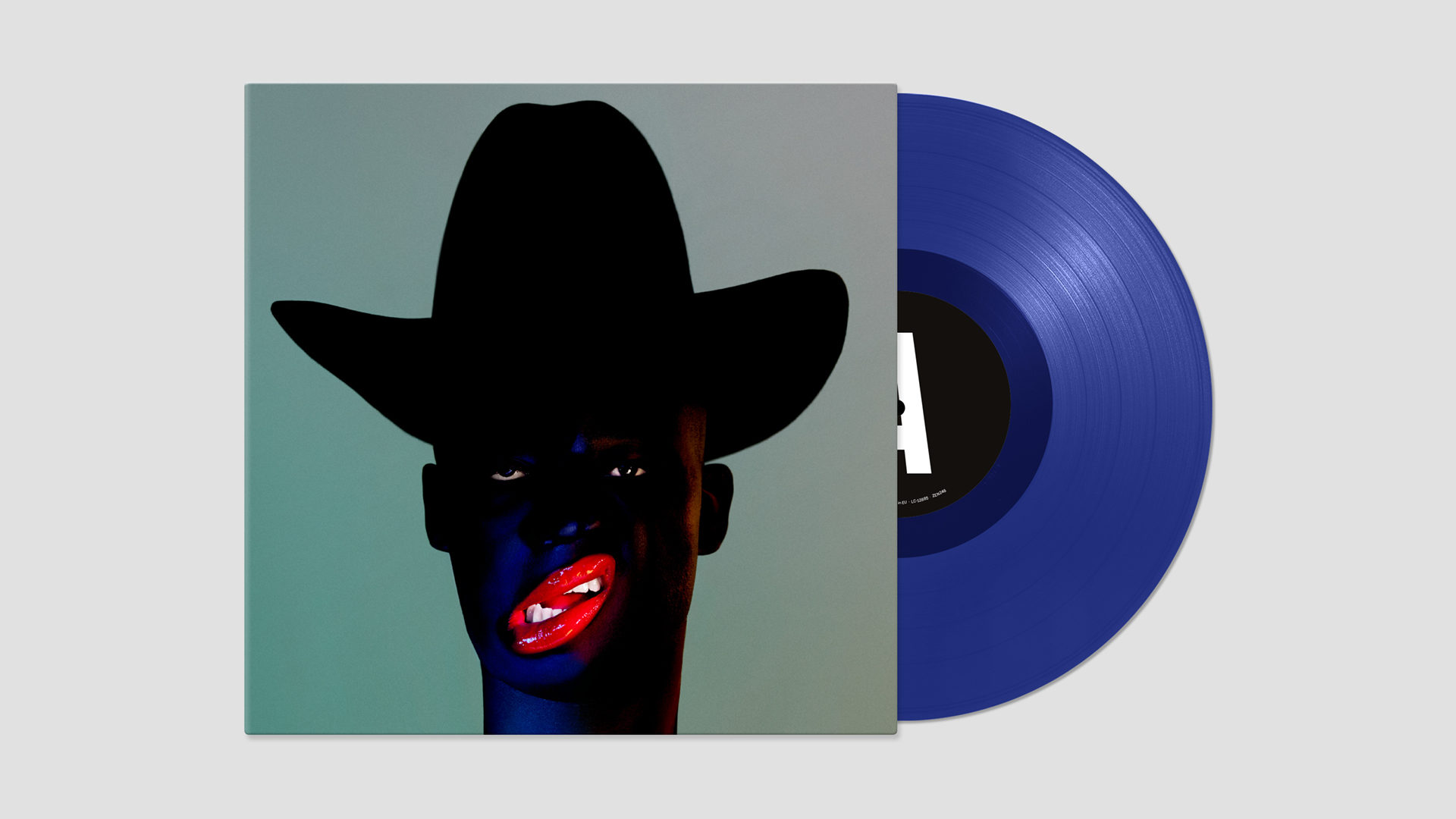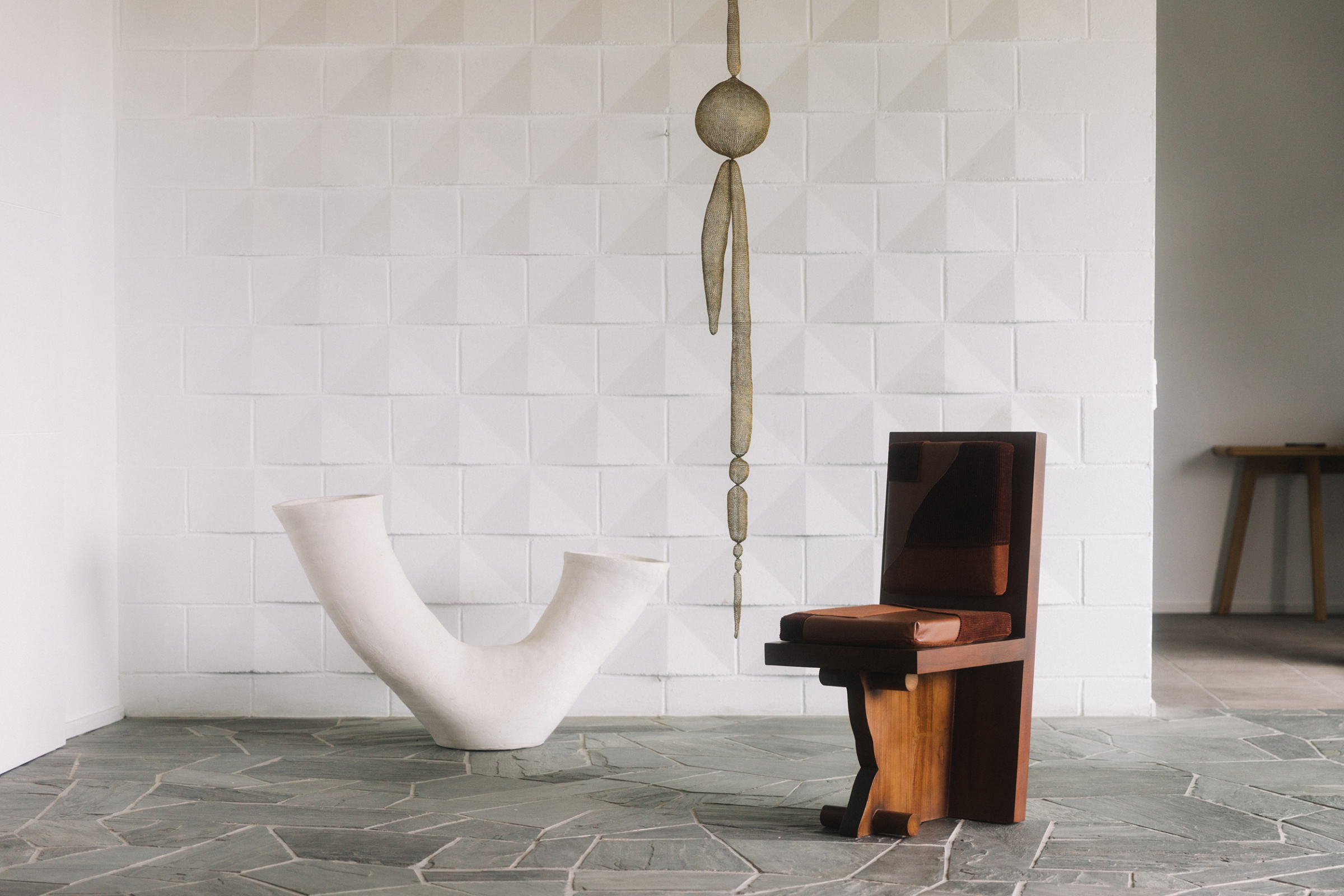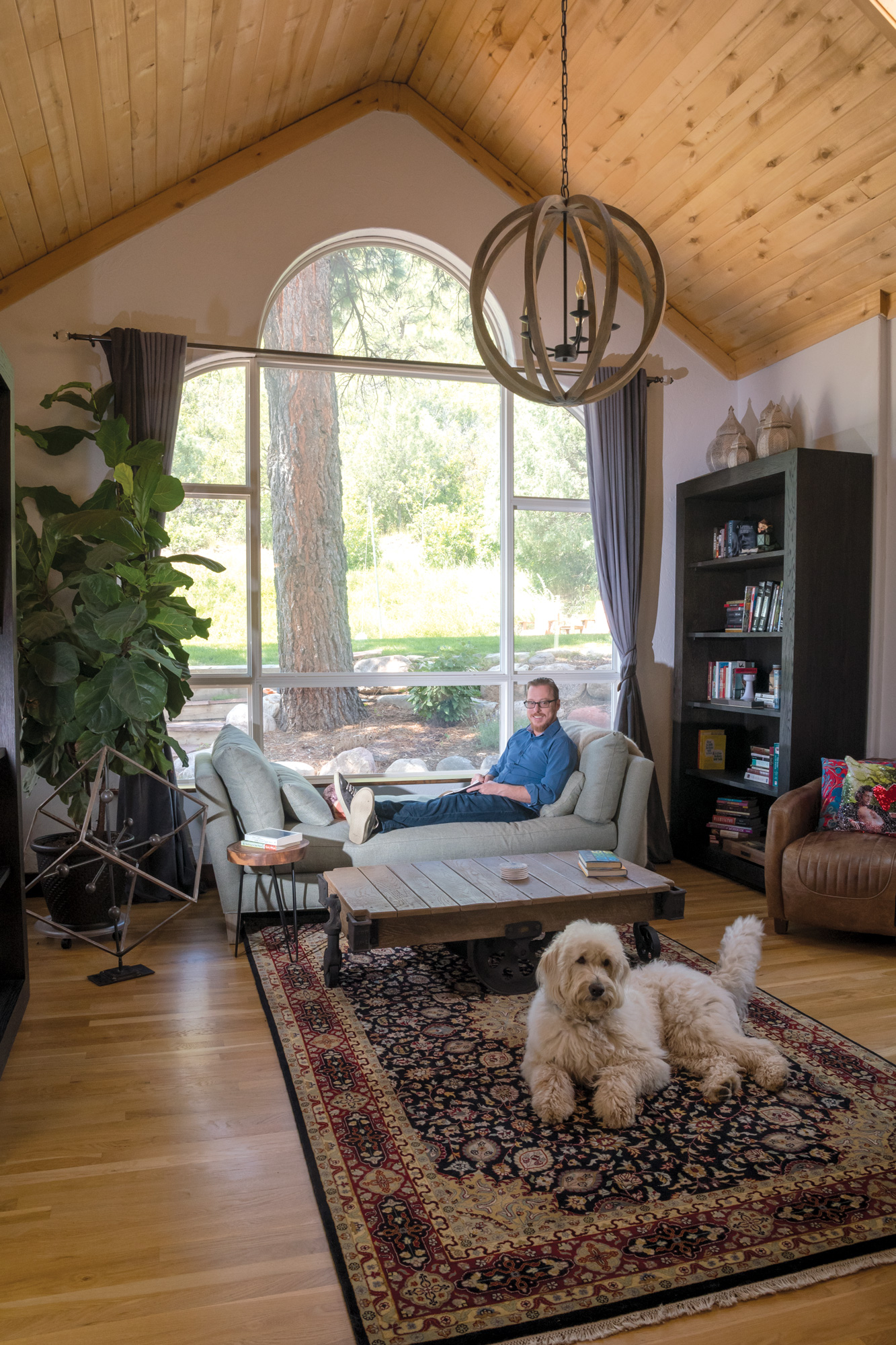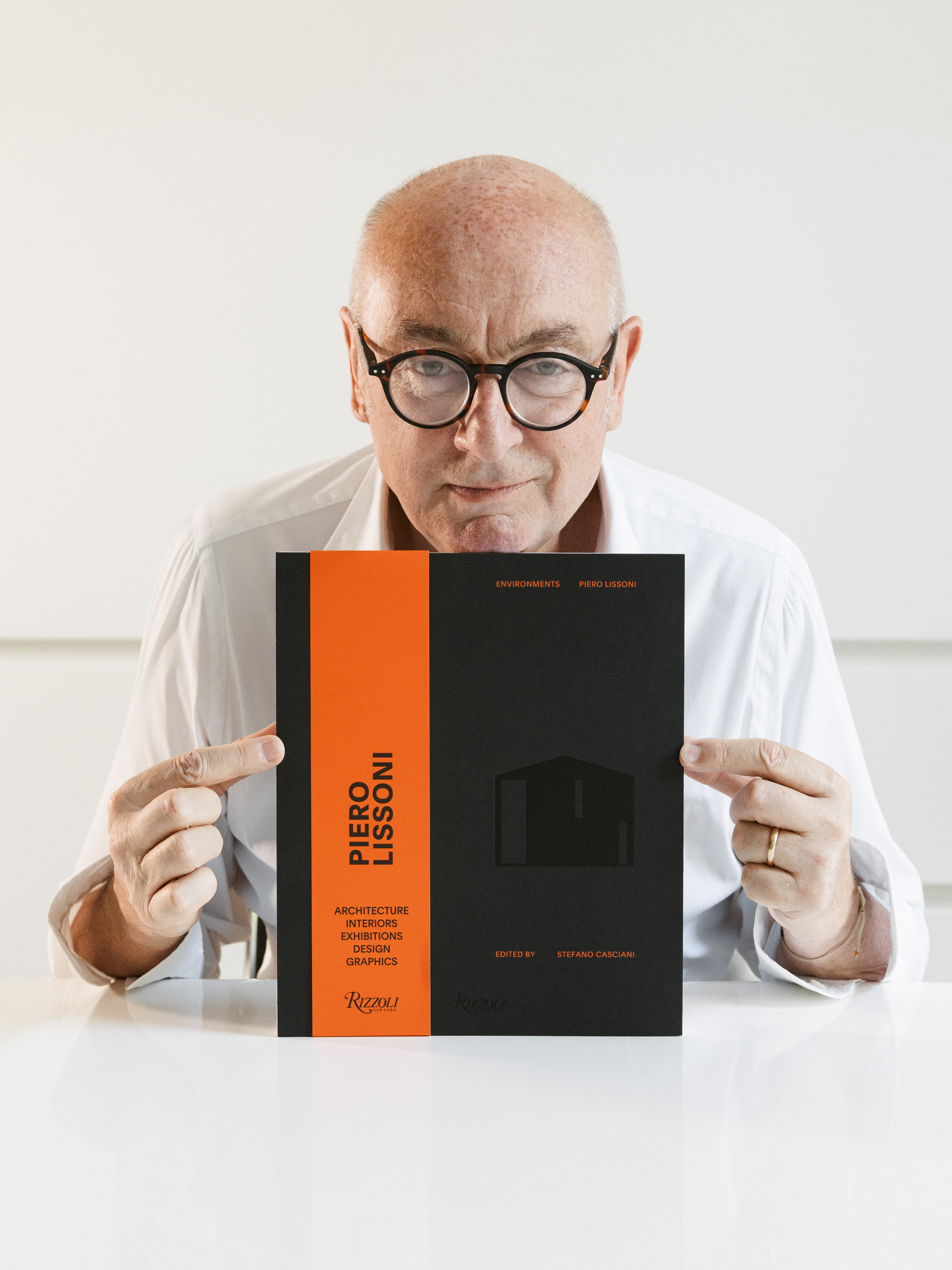Since 1997, Hingston Studio, founded by renowned British graphic designer and creative director Tom Hingston, has been championing an innovative and all-encompassing approach to creativity. By integrating brand identity, typography, packaging, advertising, film, motion graphics, web design, and digital content, Hingston and his team have been representing a critical and multi-disciplinary creative method that sees a 20-year portfolio packed full of collaborations with some of the world’s most influential artists, brands and designers.
Inspired heavily by the music industry, Hingston has previously collaborated with Bowie on projects such as a film for Sue (Or In A Season Of Crime), where he learned from filmmakers such as Anthony Minghella, and has also worked with the Japanese brand Soph, completed a project with John Galliano for Dior and worked with Paul Smith to create products for the studio’s 20th anniversary.
We caught up with Hingston to discuss his mammoth journey over the past two decades, what he’s learnt since launching his studio and how he encompasses such a collaborative and vast range of disciplines within his work.
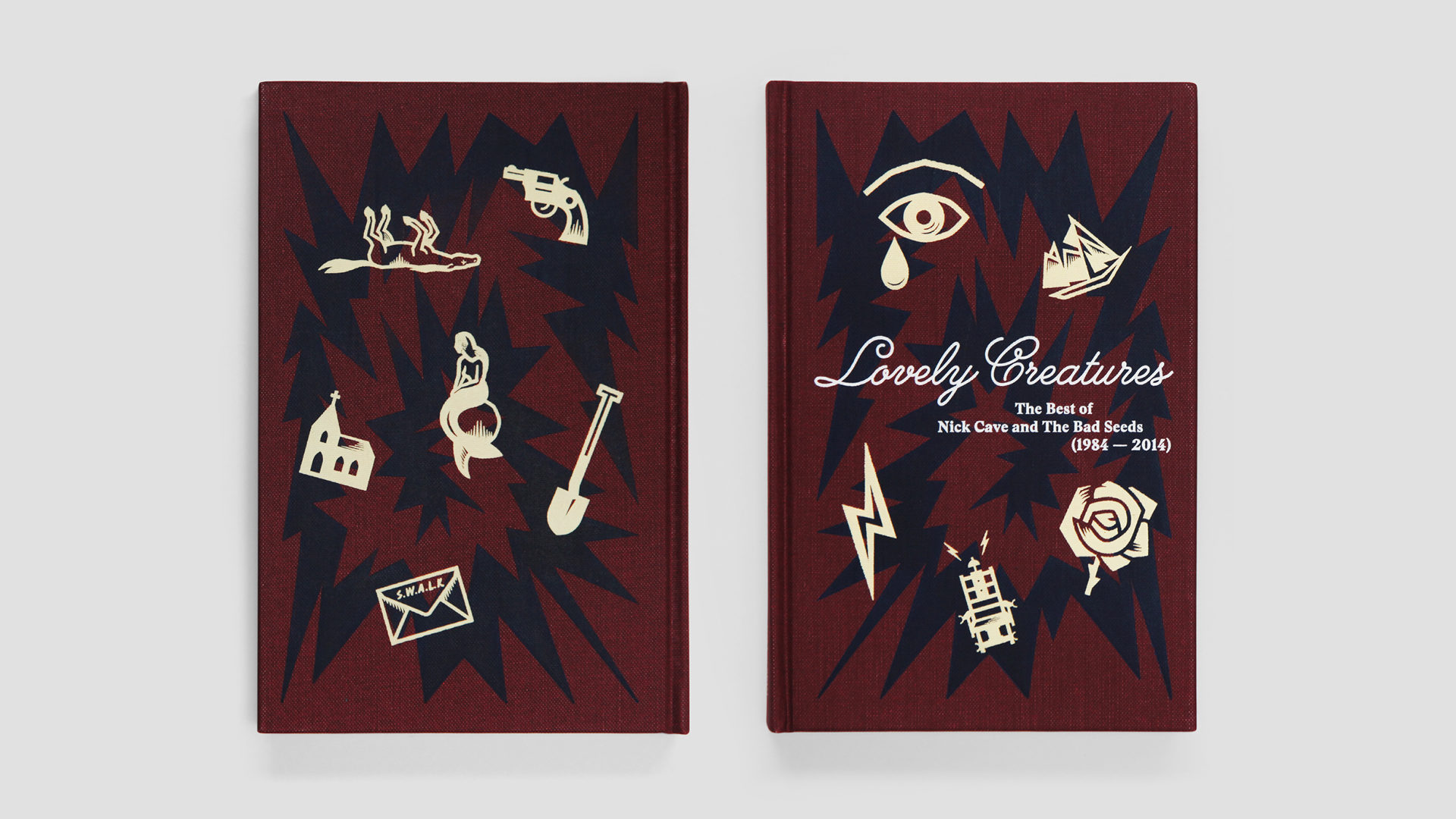
Hingston Studio, Nick Cave & the Bad Seeds.
What first drew you to design? You started by creating posters and sleeves for the Blue Note Club in 1997 – why music artwork specifically?
I was always interested in music. As a teen, I was inspired by the new romantic bands of the early eighties, then electronic music, and bands like Depeche Mode and Gary Numan of Human League. Those artists were the first to draw my attention to the power of the image and identity through the visual strength of the sleeves. The Blue Note Club emerged at such a potent time for music in both London and the country as a whole. Nothing else had really existed previously in that part of the city and this incredible scene was exploding from a tiny corner of Hoxton. That place was a creative catalyst for so many things – visually and musically. When I started working with the family there – the artists and the promoters – I met a lot of people who would go on to form the bedrock of my early client base.
What are your main influences creatively?
Over the years we’ve been lucky enough to work with some of the best musicians, filmmakers, designers, and artists in the world – all those people have been an enormous influence both professionally and personally. In terms of design, my heroes are people who worked successfully and seamlessly across a wide range of media and in a pre-digital era – such as Saul Bass, Robert Brownjohn and the Eames. The studio model that those people established forms the blueprint of Hingston Studio and our practice today.
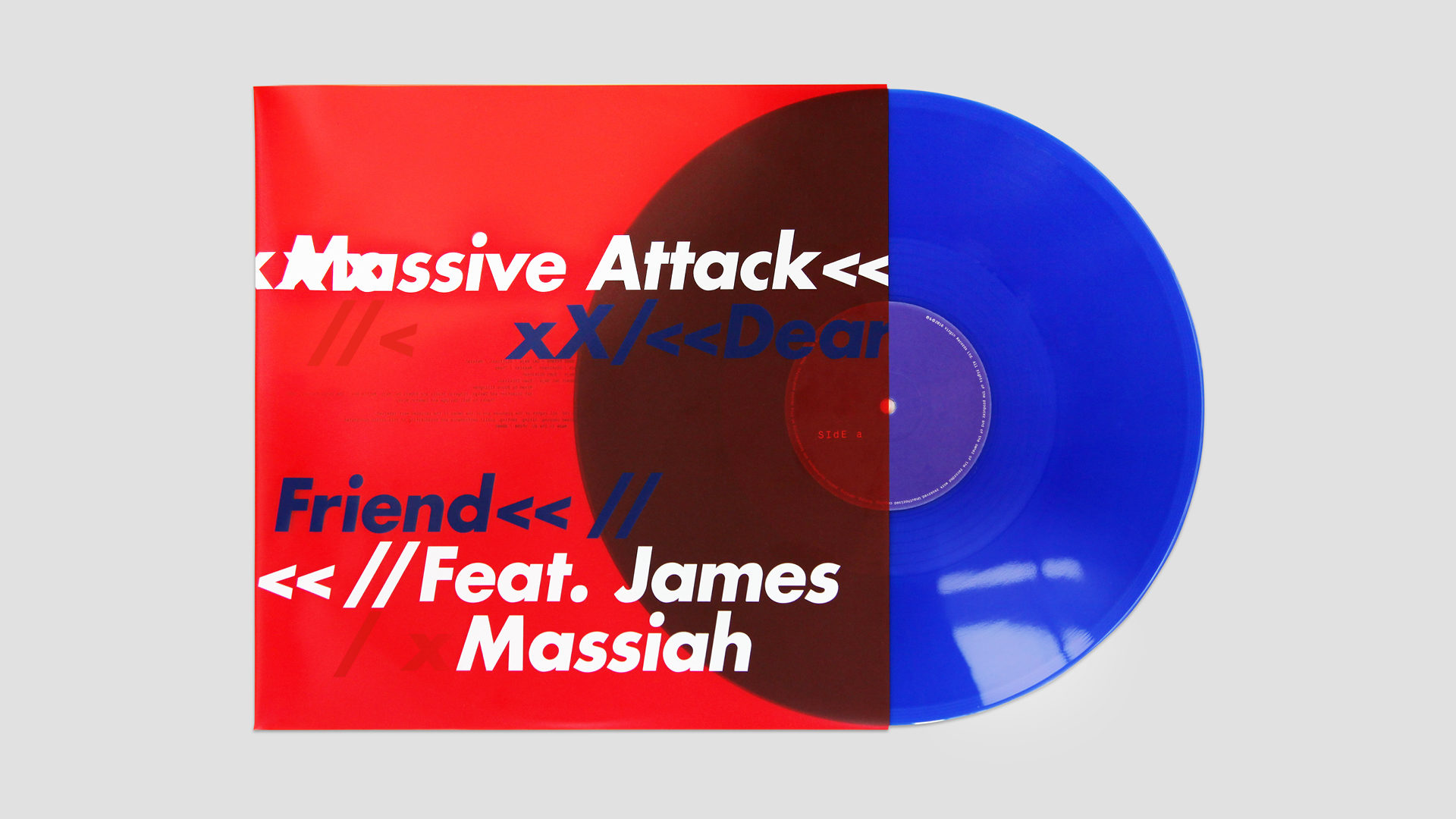
Hingston Studio, Massive Attack.
Since founding Hingston Studio more than 20 years ago, what have you learned within this time frame? Have there been any notable challenges or surprises?
The financial side of running any business is challenging, finding the equilibrium between creative and commercially viable projects is an ongoing concern of ours, but one that you definitely get better at over the years. Another complexity is around the team and staff. We take a great deal of care and attention in everything we do here; the craft of making is paramount, whether in print, typography or moving image. Finding like-minded individuals who have the talent and right kind of personality to join our team takes time – sometimes months and months. So, of course, when designers do decide to leave and move on, (which doesn’t happen often) it’s very difficult because you’ve invested so much, both professionally and emotionally. As creative director, a central part of your role is to really nature talent and bring out the very best in your team. I’ve got better at managing my own expectations over the years, but it’s still tough.
What kind of briefs are you usually given and how do you approach them?
As the studio has grown our interests have evolved and our expertise has matured. So consequently the team tends to gravitate towards more multi-faceted projects, ones that allow us to really exercise our diverse skill set. Of course, there will always be more singular briefs that come in, but it’s the clients with the broader or more ambitious opportunities that really excite us now.
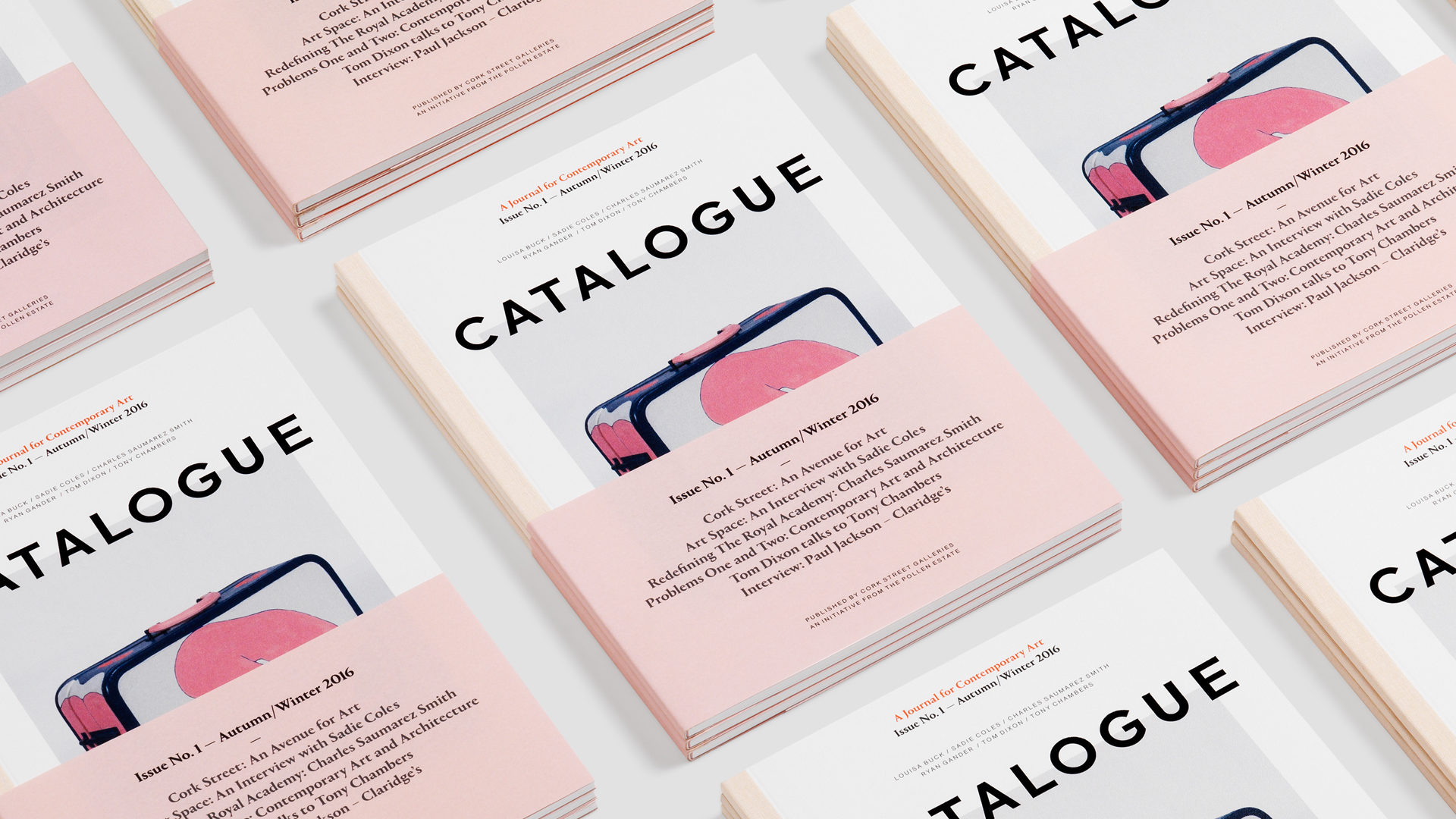
Hingston Studio, Catalogue.
Run us through your creative process – how do you get from the pitch and brief to then creating an entire brand identity across multiple mediums?
Everything starts with a central idea. This stems back to our early years in music when people thought the cover was everything – but of course, that was just one manifestation of a much bigger campaign. So, the core idea always forms the lynchpin and everything then stems from this with that central thought reinterpreted and expressed consistently, across a diverse breadth of media. One of the things that underpin our approach is the sense of craft, the attention to detail and absolute expertise in any given area. We have a small but highly skilled senior team, so this collective talent allows us to flex, creating a really broad output that maintains a high quality at every level.
In a world that is so crowded and over loaded with messages and subtext, the idea that something can just be beautiful in its own right is really powerful
Do you have any preferred mediums to work with?
We genuinely thrive on working across different media but the fantastic thing about the moving image is that you are dealing with the language of time, motion, picture and sound. That’s very dynamic and incredibly exciting – it’s like the ultimate form of expression.
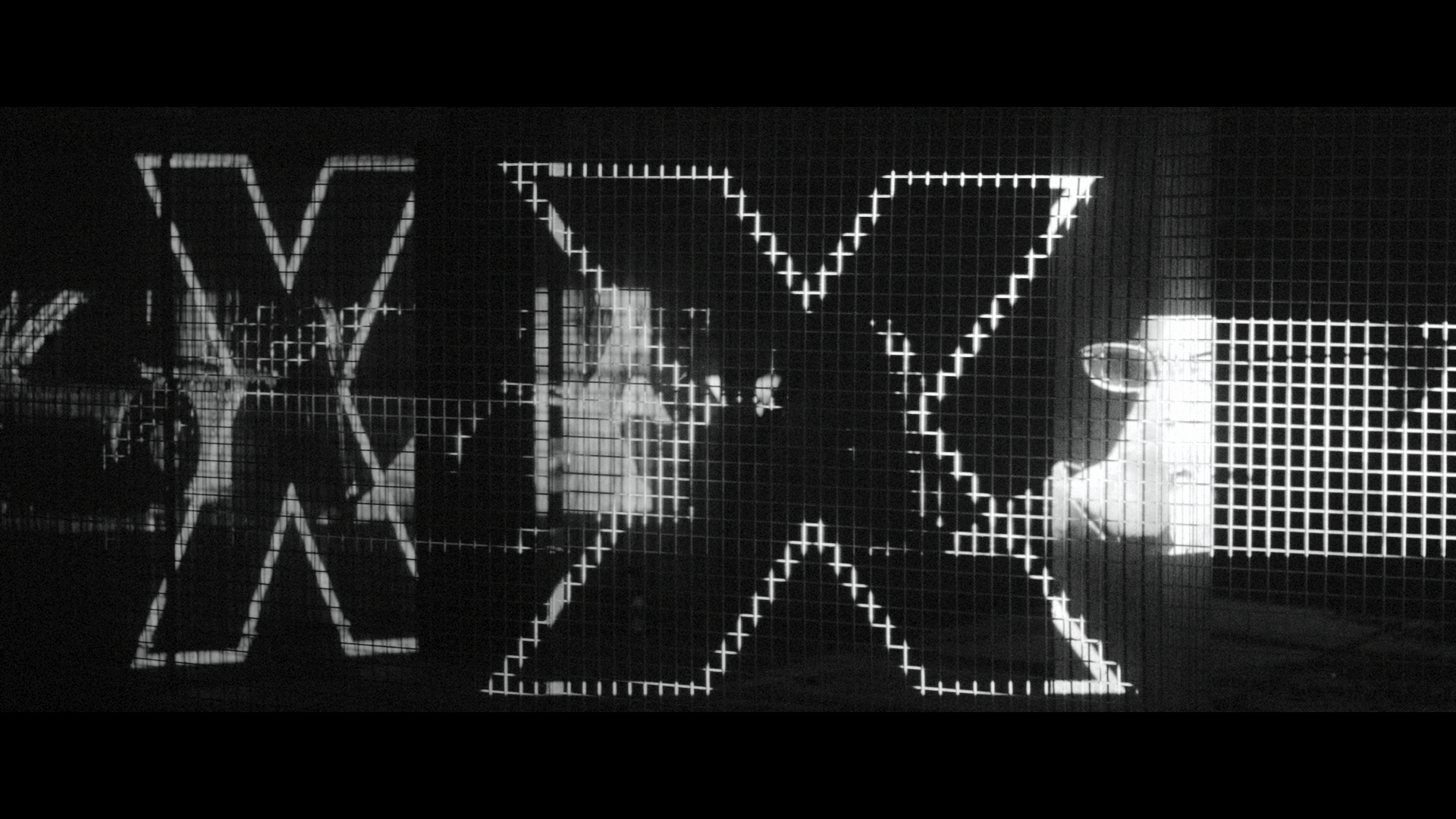
Hingston Studio, David Bowie, Sue.
Do you feel that design and art need to portray an important message, or can art just simply be art? Do you try to advocate any messages within your work?
The point about art and visual output is that it works on a number of levels. The thing that tends to be sidelined now is that, ultimately, art or design can just simply be about beauty. In a world that is so crowded and overloaded with messages and subtext, the idea that something can just be beautiful in its own right is really powerful. Sometimes the emotional response to something – just for the way it looks and therefore makes you feel – is enough. It doesn’t need to be anything more than this.
What are your plans for the near future? Do you have any major projects in the pipeline?
It’s a really exciting time right now as we have one of the best teams we’ve ever assembled in a new studio space, so we’re looking forward to allowing that to blossom. We also have a forthcoming creative collaboration with Ruinart champagne on the design of an exclusive hotel, plus other product partnerships in the pipeline. There’s lots to look forward to.
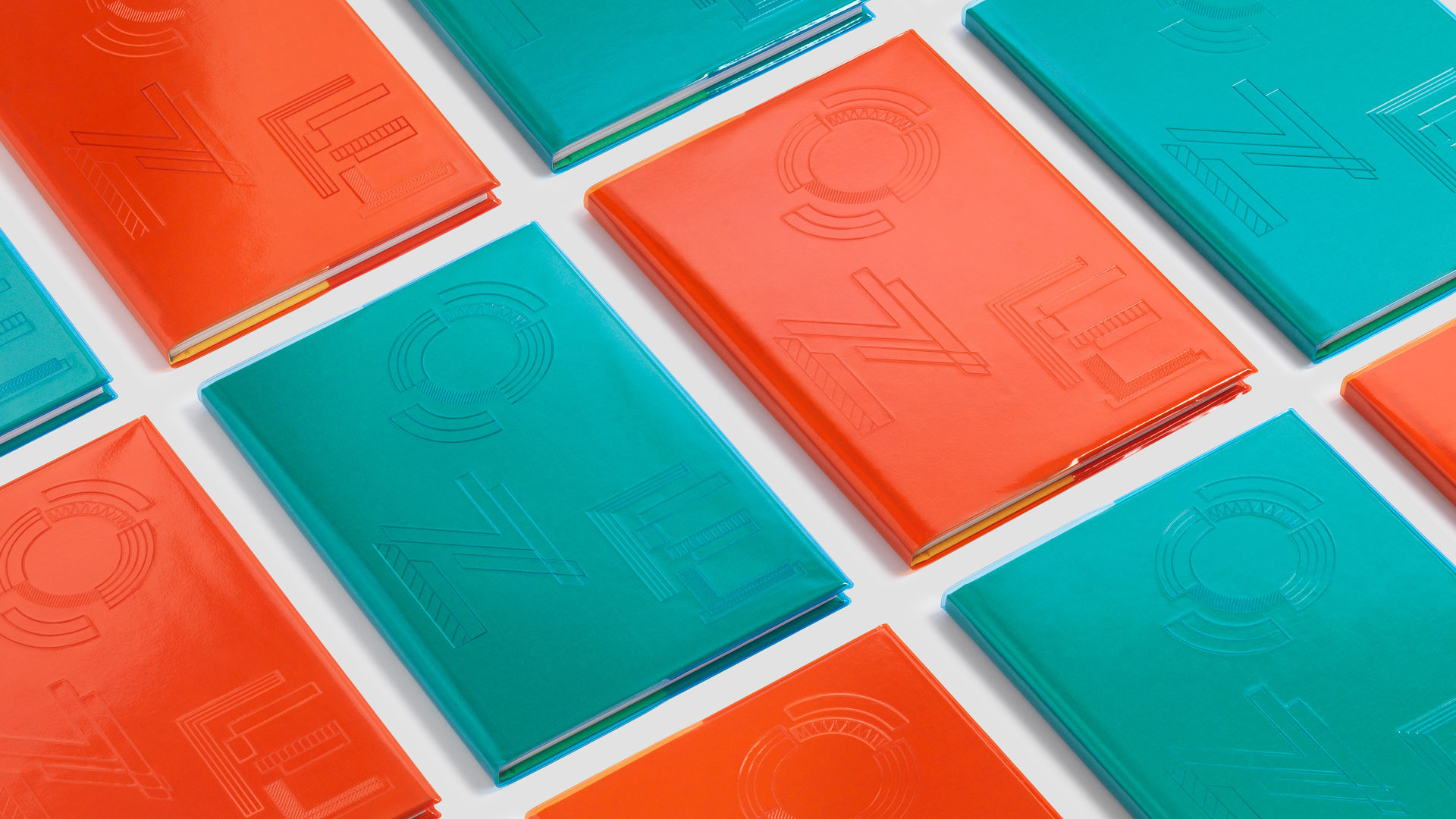
One Poultry. Hingston Studio.
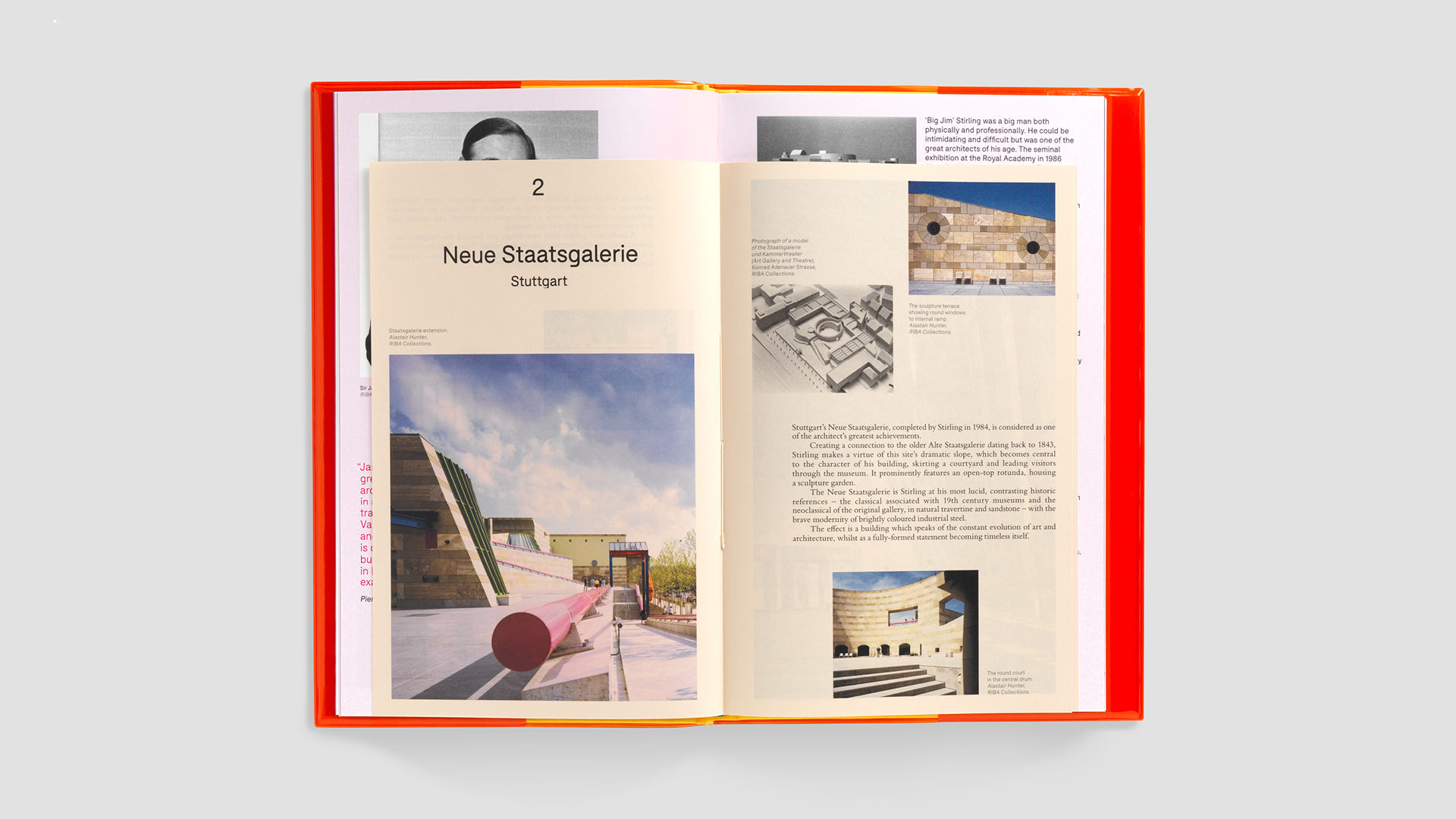
One Poultry. Hingston Studio.
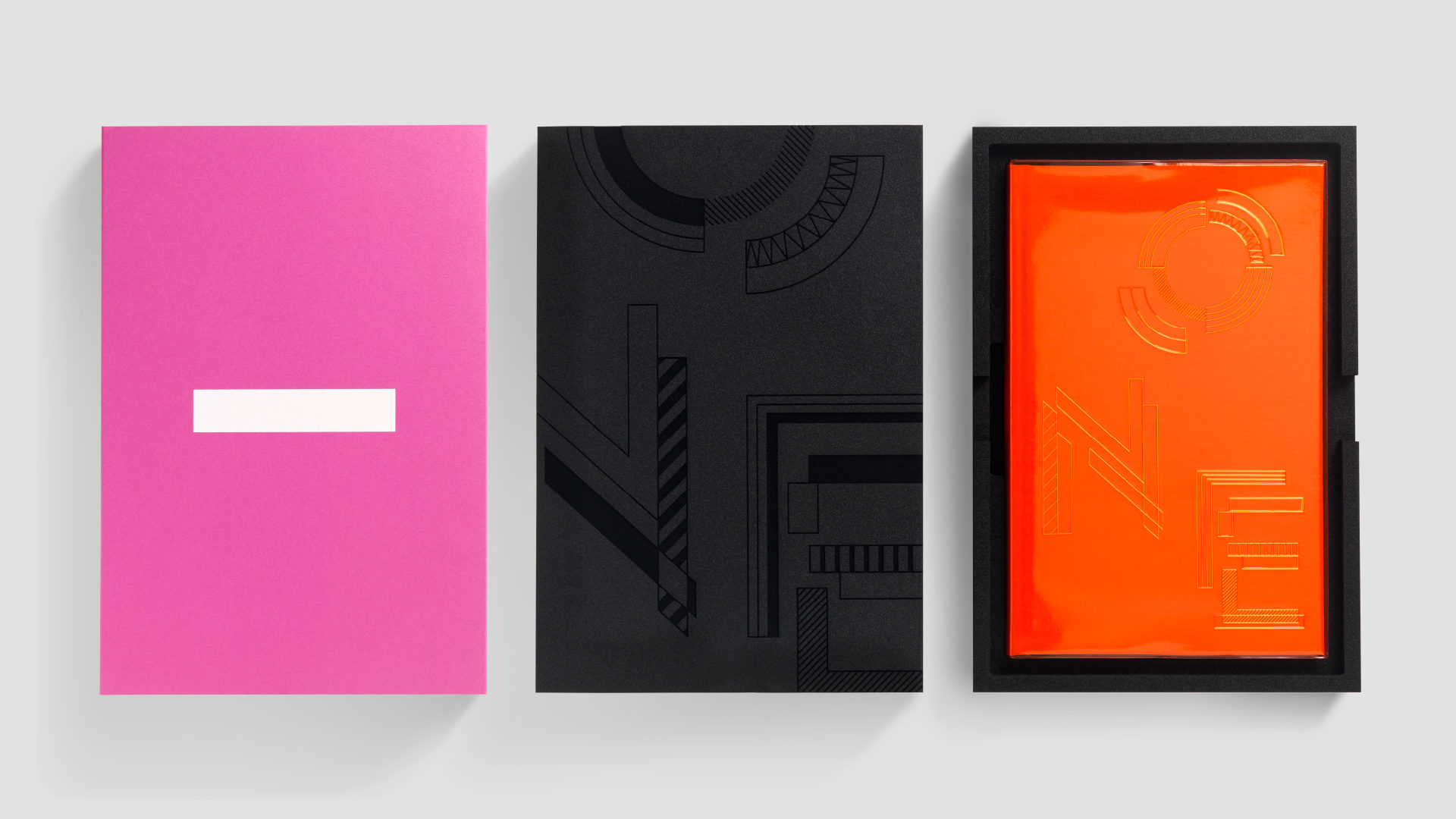
One Poultry. Hingston Studio.
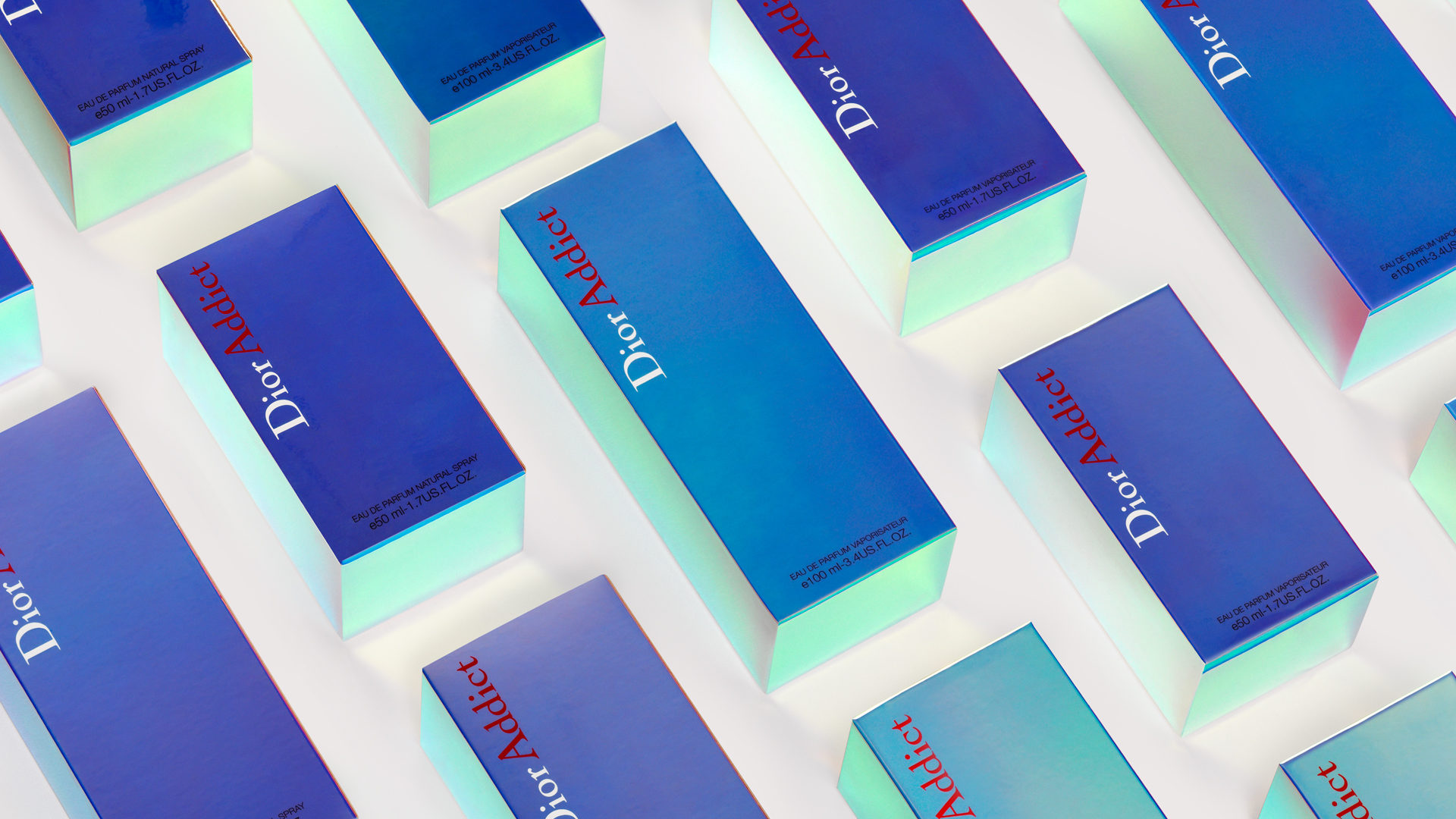
Dior. Hingston Studio.
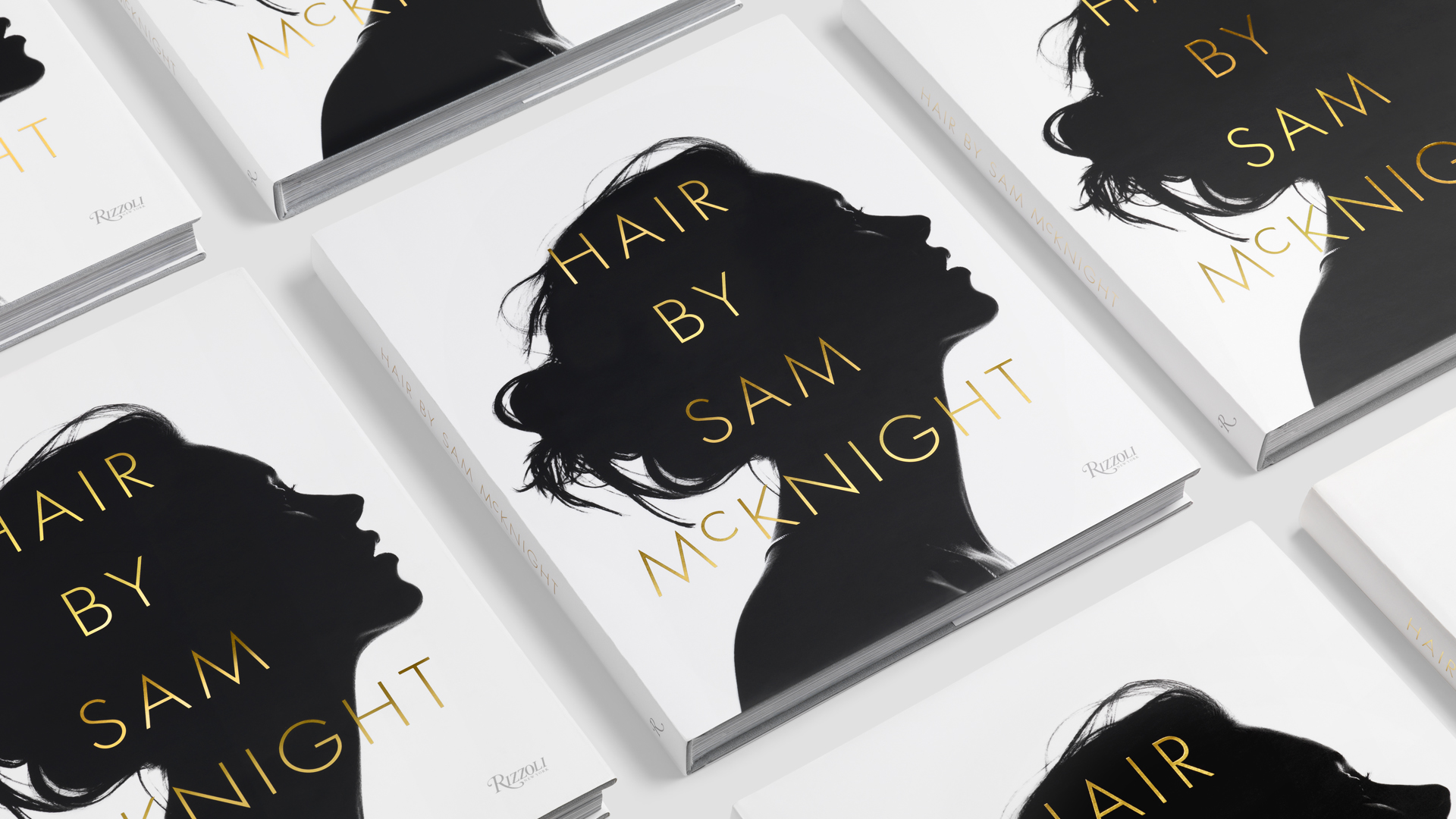
Sam McKnigt. Hingston Studio.
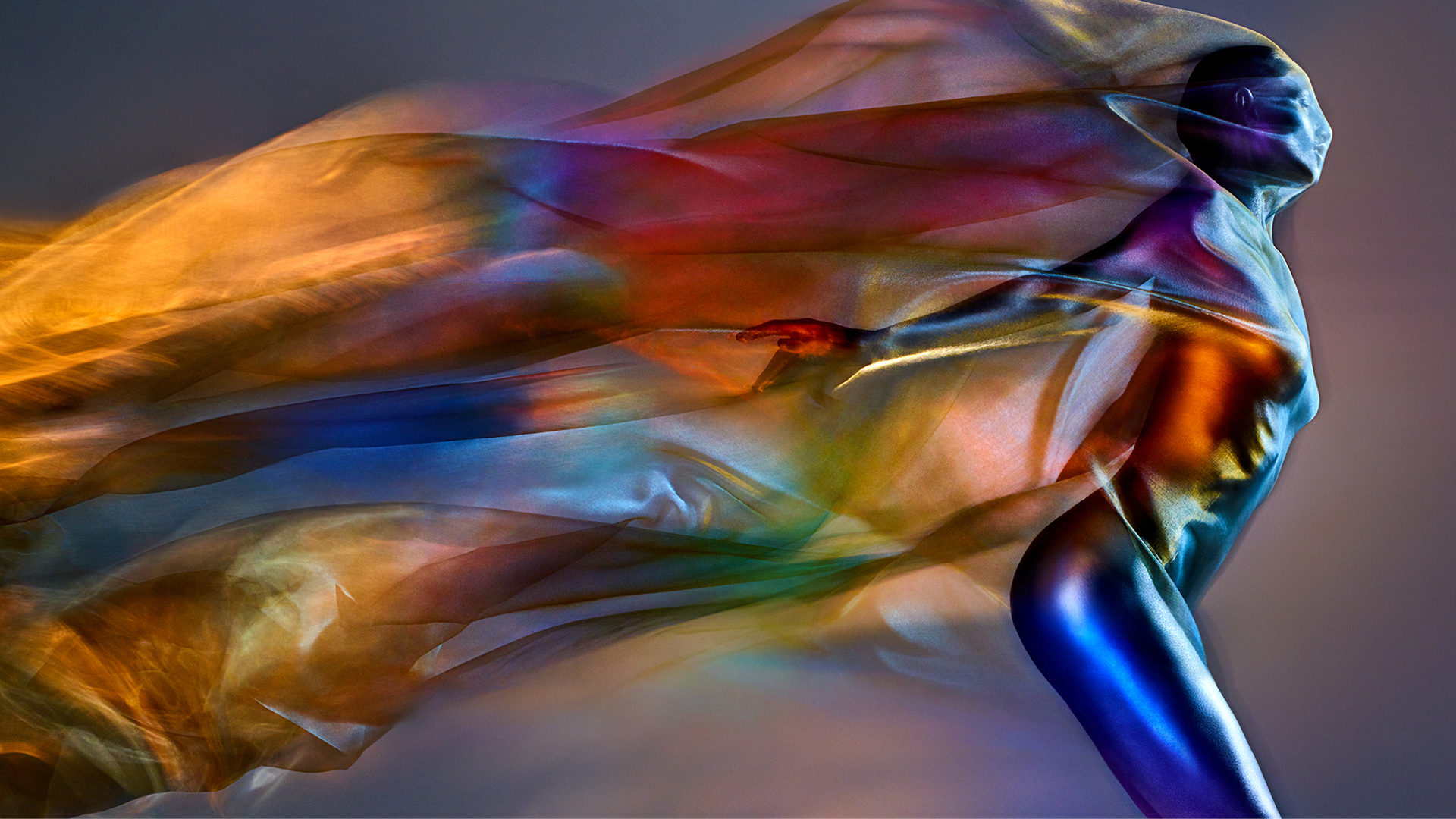
Rolls-Royce. Hingston Studio.
